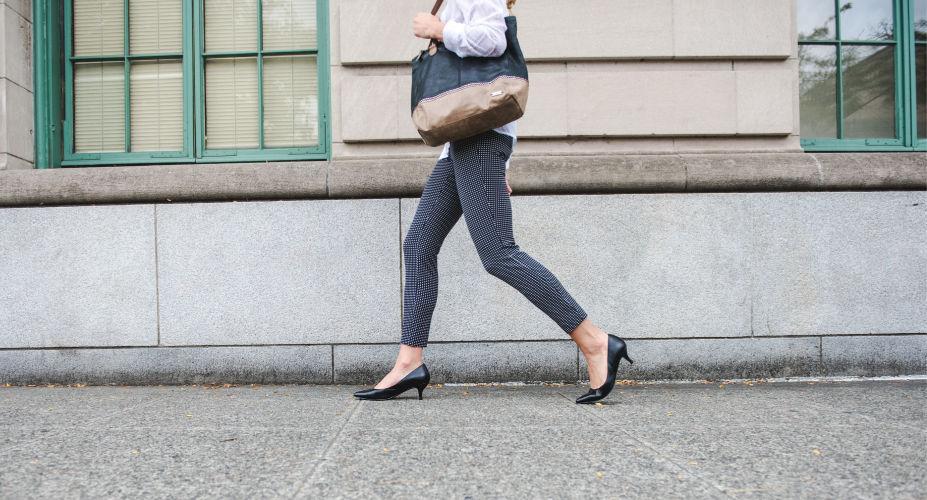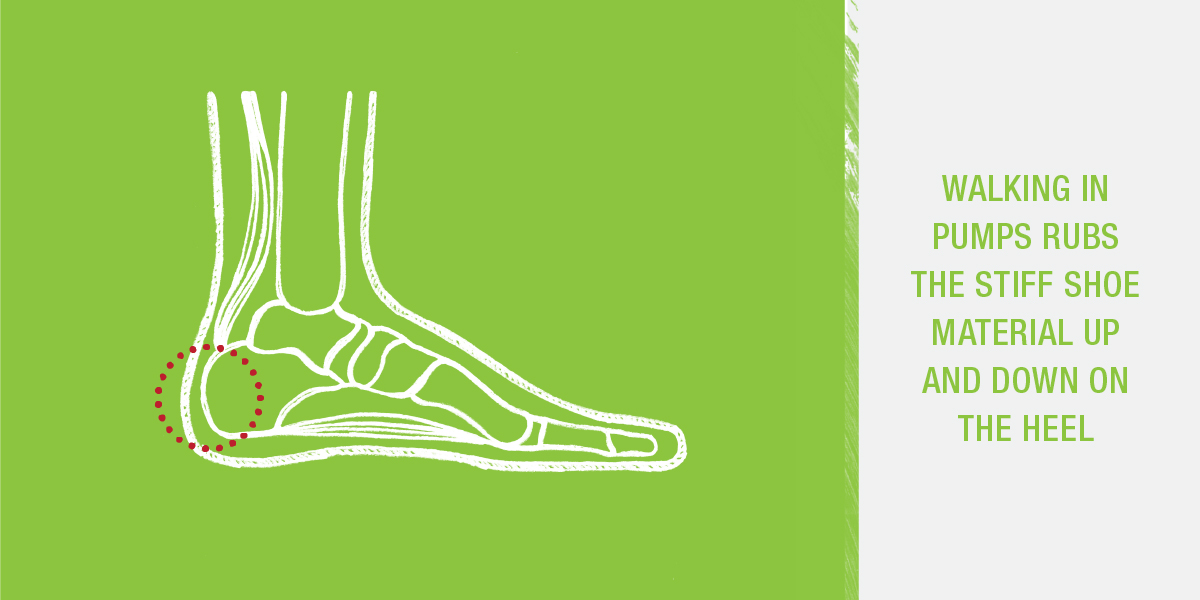
Written with contributions from Superfeet Wellness Experts and the Superfeet education team.
Haglund's deformity, named after the doctor who first described it, is as pleasant as it sounds. This condition affects both the soft tissue near your heel and the heel bone, often making any foot movement difficult. This area develops a large bump that is continually irritated by stiff and/or tight shoes. In some instances, Haglund's deformity can lead to bursitis, a more serious condition. This foot issue can be painful and is progressive, so you need to take steps to prevent or treat the condition.
What is Haglund's Deformity
Unlike some podiatric conditions, Haglund's deformity affects the bone as well as the tissue. The bone can rub against the heel tissue by the Achilles tendon, irritating it and the bursa that lies between the bone and the tendon. The bursa contains fluid to allow free and easy tissue movement in the heel. When the bursa is affected, it can become thick and inflamed, causing the bump. Once the bump appears, pressure from shoes and activity make it worse, and a painful cycle begins.
Symptoms of Haglund's Deformity
If you have this problem, you will notice a large, often painful bump on the back of your heel. Your heel will often swell and display redness as well, and the point where your heel and Achilles tendon attach may be extremely painful.


Treatment for Haglund's Deformity
If you suffer from any of these symptoms, you should visit your doctor to get a formal diagnosis. Experts warn that Haglund's deformity often looks like other podiatric conditions, so it may be hard to identify. Your doctor will examine the look of your heel and possibly order an x-ray to confirm this ailment.
Once you have been diagnosed, you will need to wear shoes that do not put pressure on your heel as often as possible. Slingback shoes, sandals and clogs are possible options for your footwear. In addition to taking mild OTC pain relievers, you may be asked to ice your foot and have it massaged. Ultrasound treatments are effective for some sufferers.
In more extreme instances, your doctor may perform surgery to remove some of the bony mass from your heel.
Superfeet for Haglund's Deformity
Prevention of conditions like Haglund’s deformity starts by wearing supportive and properly fitting footwear. And when that type of footwear isn’t an option, adding an insole like Superfeet to your footwear is key. If you already have Haglund's deformity, Superfeet insoles can reduce the pressure on your heels and keep your feet as comfortable as possible, when you simply cannot wear open-backed shoes.
Which Superfeet insole is best for Haglund's Deformity?
To find the right Superfeet, start with your shoes. What type of shoes are you wearing? What you are doing in those shoes? We think you deserve to experience the I-never-knew-my-feet-could-feel-this-good benefits of the Superfeet shape in all your footwear. That’s why we make insoles for casual and dress shoes, shoe inserts for high heels, insoles for hiking, insoles for running shoes, insoles for snow sports, insoles for skates, and more. Need help finding the best Superfeet for you? Take the online insole finder quiz.






